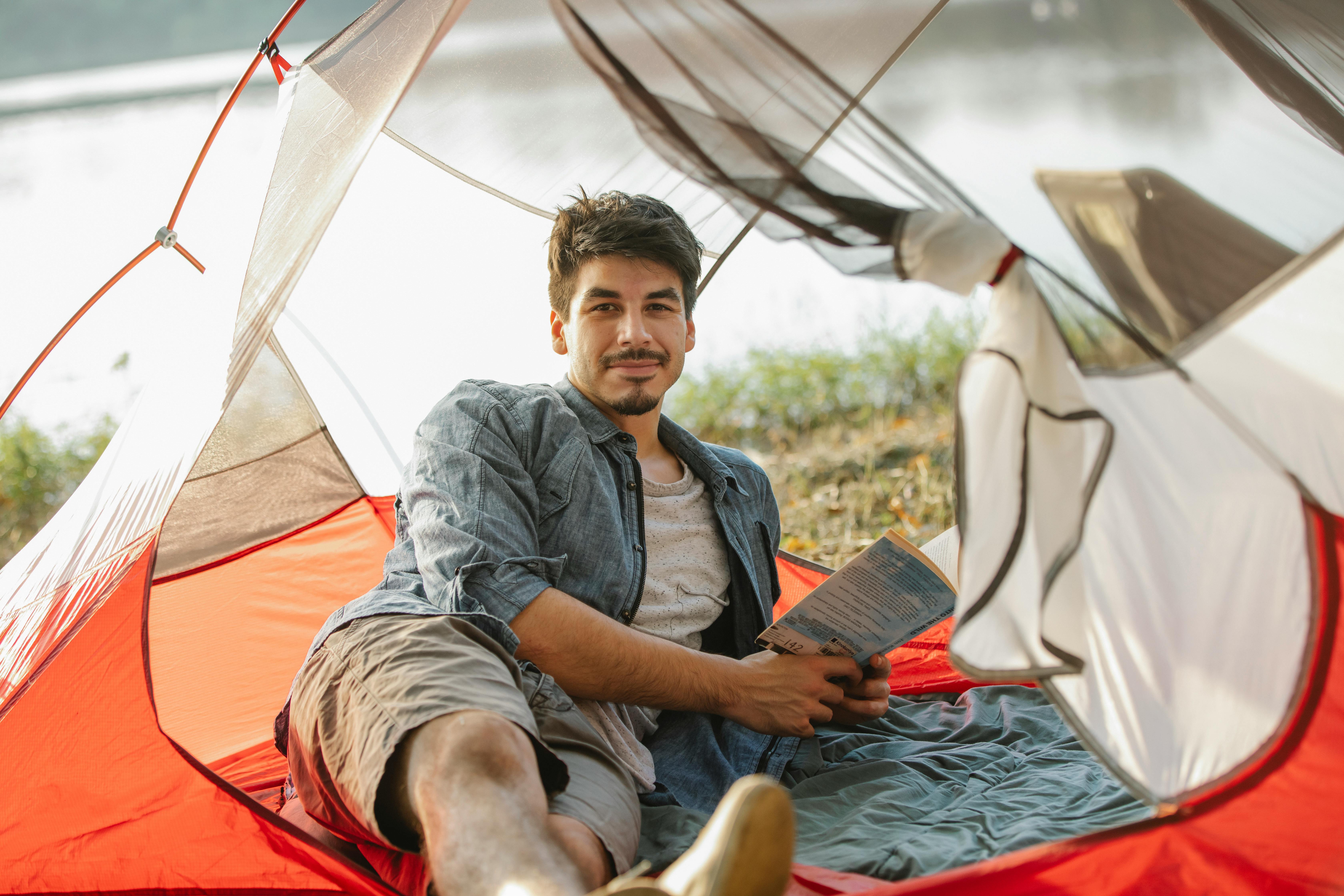Student groups studying science, biology, ecology, and other related subjects may want to consider planning a California eco tour. This tour would take in some of the best known national forests in the United States. Students could see California redwoods up close and visit sites relevant to marine science. A well-rounded trip could also include a visit to San Francisco, where there are natural areas to explore nearby and within the city limits.
Eco trips are a great opportunity for active learning about the natural world. Visiting some of California’s natural treasures will impress students on the importance of preserving these and other areas in the U.S. Here are some suggested stops on the itinerary for a California eco tour, along with brief descriptions of what each place has to offer.
Sequoia National Park
Located in the southern Sierra Nevada mountains, Sequoia National Park offers the ecology or science student a rare look at some of the largest mountain ranges in the west (rising to heights of 12,000 feet or more) and some of the the oldest and best preserved. redwoods redwoods Until the late 1700s and early 1800s, Sequoia National Park was inhabited by two different tribes of Native Americans: the Monache and the Yokuts. Students exploring the park will learn about its history and see its artifacts. At the end of the 18th century, the Spanish explored the region. Later came the hunters, trappers, loggers and miners. By 1890, this region became Sequoia National Park. Today it is called Sequoia and Kings Canyon National Parks, both in the same vicinity of the Sierra Nevada mountains. In addition to a rich history and some very special trees, Sequoia National Park is also an excellent site for the study of geology with some unique features of mountains, canyons, and waterways.
Yosemite National Park
Famed naturalist John Muir was one of the main forces behind the creation of Yosemite National Park. Yosemite is approximately 200 miles from San Francisco and just over 300 miles from Los Angeles. The park covers 1,169 square miles and is also home to many larger-than-life redwood trees. Nearly 95% of the park is designated wilderness, making it a wonderful place to study ecology, biology, geology, and other scientific subjects. The park has many spectacular waterfalls, with Yosemite Falls being the tallest in North America at 2,425 feet. Yosemite’s highest peak is Mount Lyell at 13,114 feet; the best known is Half Dome, at 8,842 feet; this famous peak was cut in half by a glacier. The park offers a large amount of biodiversity with many different species of plants and animals, some of which are unique to the park.
Cowell Redwoods State Park
At this California state park, students can take a self-guided nature trail tour to become familiar with the area’s flora and fauna. Here students will experience the wonder and magnificence of walking in ancient forests. There are a variety of trees in the Cowell Forest that have never been cut down. Some of the trees in this park are between 1,400 and 1,800 years old. These can include Redwoods and Douglas fir, Mandrone, Oak and Ponderosa pines. The tallest tree in the state park stands 285 feet tall and is about 16 feet wide. Students will see the St. Lawrence River and visit the nature center and bookstore to learn more about the trees they see.
Monterey Bay Aquarium
A visit to the Monterey Bay Aquarium offers students the opportunity to see up close the marine life that lives and feeds off the California coast. Some of the marine creatures that inhabit the aquarium include octopuses, sea otters, pink flamingos and other wading birds, and penguins. A visit to the aviary offers a look at the birds and animals that live near the ocean’s edge, including: leopard shark, sand crab, manta ray, ghost bay shrimp, North American plover and red phalarope. For student trips designed to seek a more interactive adventure, group leaders can plan a boat trip or snorkeling adventure with the Aquarium’s dive staff at the Great Tide Pool.
Morro Bay State Park
Students can further explore the species that live along the California coast by checking out the marine life in Morro Bay and the lagoon. The group can visit the Morro Bay State Park Museum and learn about the cultural history of the Morro Bay area, the Native American settlements that once existed there, and the unique geology of the bay. Groups can visit the saltwater marsh where they will have the opportunity to see native birds in their natural habitat. Another suggested stop near Morro Bay is the Natural History Museum, where you can choose to take a nature walk, view exhibits, and learn about the Chumash and how they used native plants in their diets and daily lives. The tour of the Natural History Museum is recommended because it will further deepen students’ knowledge of the area.
If student groups have time on their schedule and want to visit an urban area, San Francisco offers Twin Peaks and Fort Point National Historic Site, and other eco-tour options. They can also visit well-known sites, such as the downtown district, Chinatown, Cannery Row and other places.
Eco tours are a rewarding experience for both the teacher and the student, since this type of trip is a great complement to learning through reading. Teachers interested in preparing ahead for trips can visit the websites of the places mentioned in this article for learning modules and other materials.
